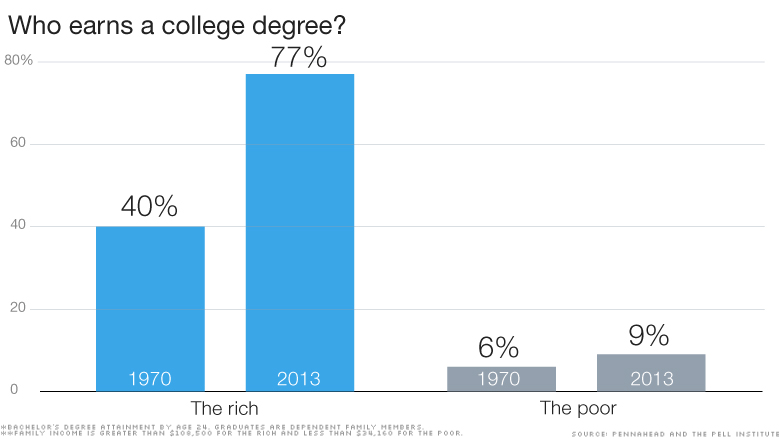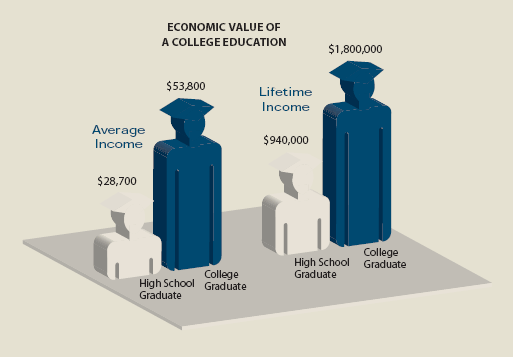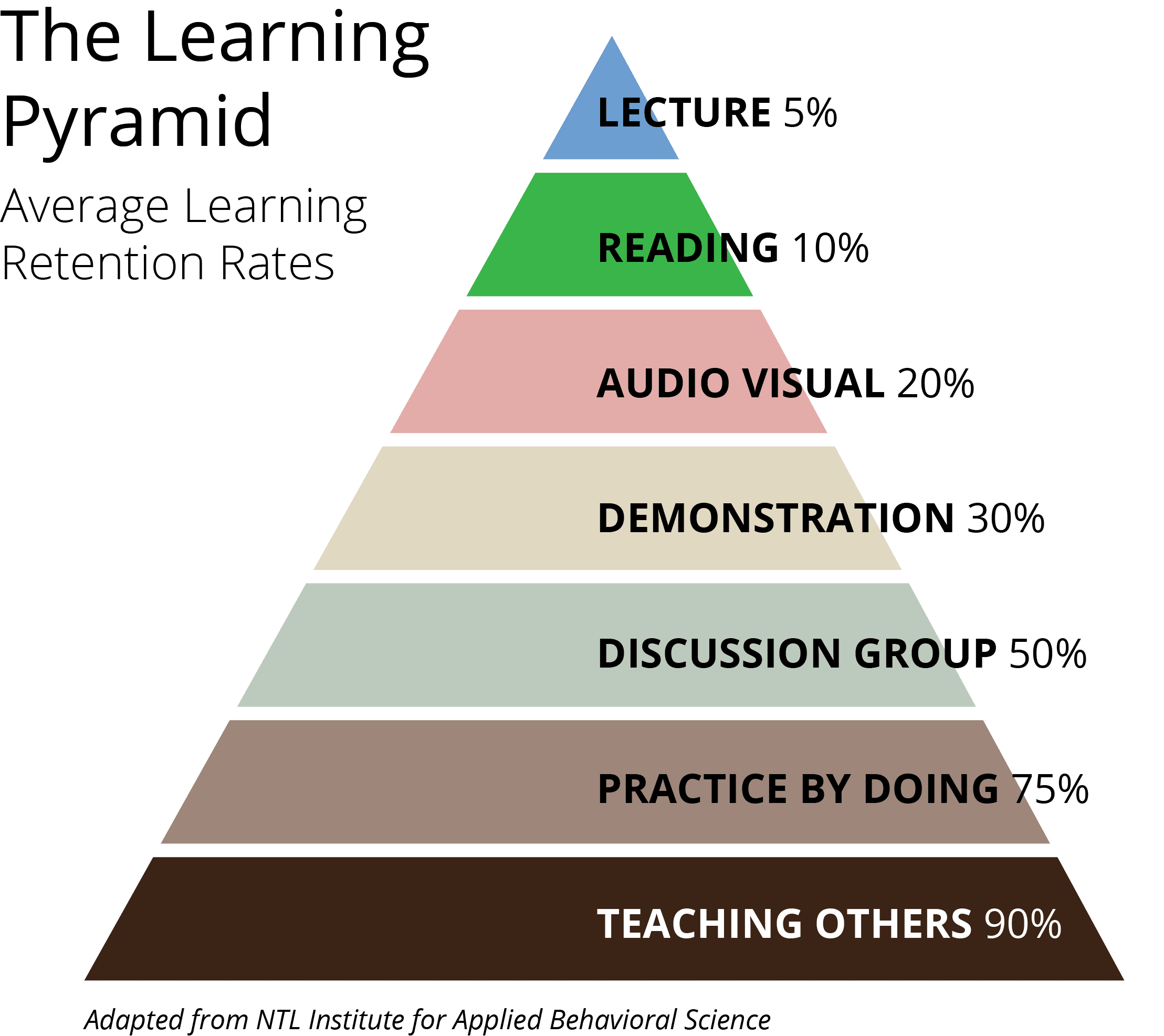It is easy to understand the underpinnings of this problem, and yet it is extremely complex to succeed in overcoming this problem. The problem stems from two indisputable facts:
- Poor students consistently demonstrate lower achievement than their non-poor peers.
- The proportion of poor students in our nation's public schools is over 50% and is growing.
I will examine this challenge from three perspectives:
- Poor students who have succeeded in our schools
- Understanding the special and different needs of poor students
- Expert advice on successfully educating poor students
--------------------------------------------------------------------------------------------------
The Challenge of Educating Poor Students - Part 2
Despite the great difficulties that our public schools have had in turning the tide of student achievement among our poor students, we actually have a lot of knowledge about best practices and effective strategies for achieving this goal. People like Paul Gorski, Eric Jensen, and others have done extensive research on this subject.
 However, a mere listing of effective strategies severely undermines the great difficulty that is faced by teachers to engage in these strategies on a daily basis. As with any long-term problem, we need a long-term solution--and that requires effective and ongoing training. We mustn't assume that this is somehow "common knowledge" for all teachers. It isn't.
However, a mere listing of effective strategies severely undermines the great difficulty that is faced by teachers to engage in these strategies on a daily basis. As with any long-term problem, we need a long-term solution--and that requires effective and ongoing training. We mustn't assume that this is somehow "common knowledge" for all teachers. It isn't.The first step is recognizing that we have this problem. Our accountability measures over the past 15 years (in the United States) has helped in this respect. Where, in the past, the low achievement of our poor students was often "hidden" in the aggregate data of the "whole school"; since about 2003, our public schools have been required to report the achievement of poor students separately. This practice has shone a light on the serious under-achievement of our poor students. While I am not convinced that the general public is aware of this problem, it is fair to say that more people know about it today than was the case in the recent past.
 So until we develop a national strategy for increasing the achievement of poor students in America, here are strategies that every teacher can do:
So until we develop a national strategy for increasing the achievement of poor students in America, here are strategies that every teacher can do:- Good Relationships: As with any students, when teachers and students get to know each other and enjoy a positive relationship with each other, achievement generally is pretty good. For poor students it is important that they feel welcome in school and in each classroom. Even if the student may have a negative attitude toward the subject of the class, he/she does not have to have a negative attitude toward the teacher of the class. Get to know your students; ask them about their day; talk about things other than the subject matter before and after class time. Students want to make their teachers proud. Students will try harder to do their best if they know that their teachers cares about them as a person.
 3. High Expectations: We want all of our students to succeed and we want all of our students to do their best. However, sometimes in our (well-meaning) efforts to achieve these goals, we set tiny, minor expectations for our students and then we guide them every step of the way and then we (unnecessarily) praise them for basically doing what they were told to do. I think teachers do this because they either do not think that their students can achieve at high levels, or they don't know how to help them to get to those high levels. This, indeed, is the hard part of teaching and (indeed) is the very root of our difficulty in raising the achievement of poor students. Teachers need to identify those best practices--within their subject area or grade level--that is the most effective with poor students. We have to raise expectations and allow students to struggle sometimes in their journey toward learning. Merely doing the minimum is not going to help our poor students.
3. High Expectations: We want all of our students to succeed and we want all of our students to do their best. However, sometimes in our (well-meaning) efforts to achieve these goals, we set tiny, minor expectations for our students and then we guide them every step of the way and then we (unnecessarily) praise them for basically doing what they were told to do. I think teachers do this because they either do not think that their students can achieve at high levels, or they don't know how to help them to get to those high levels. This, indeed, is the hard part of teaching and (indeed) is the very root of our difficulty in raising the achievement of poor students. Teachers need to identify those best practices--within their subject area or grade level--that is the most effective with poor students. We have to raise expectations and allow students to struggle sometimes in their journey toward learning. Merely doing the minimum is not going to help our poor students.The education of our nation's poor students can no longer be pushed aside as a difficult problem that effects a few. It is now a major problem that effects a majority of our students. And it has long-term ramifications for them and our society as a whole. We must do better.
We must do better.




















